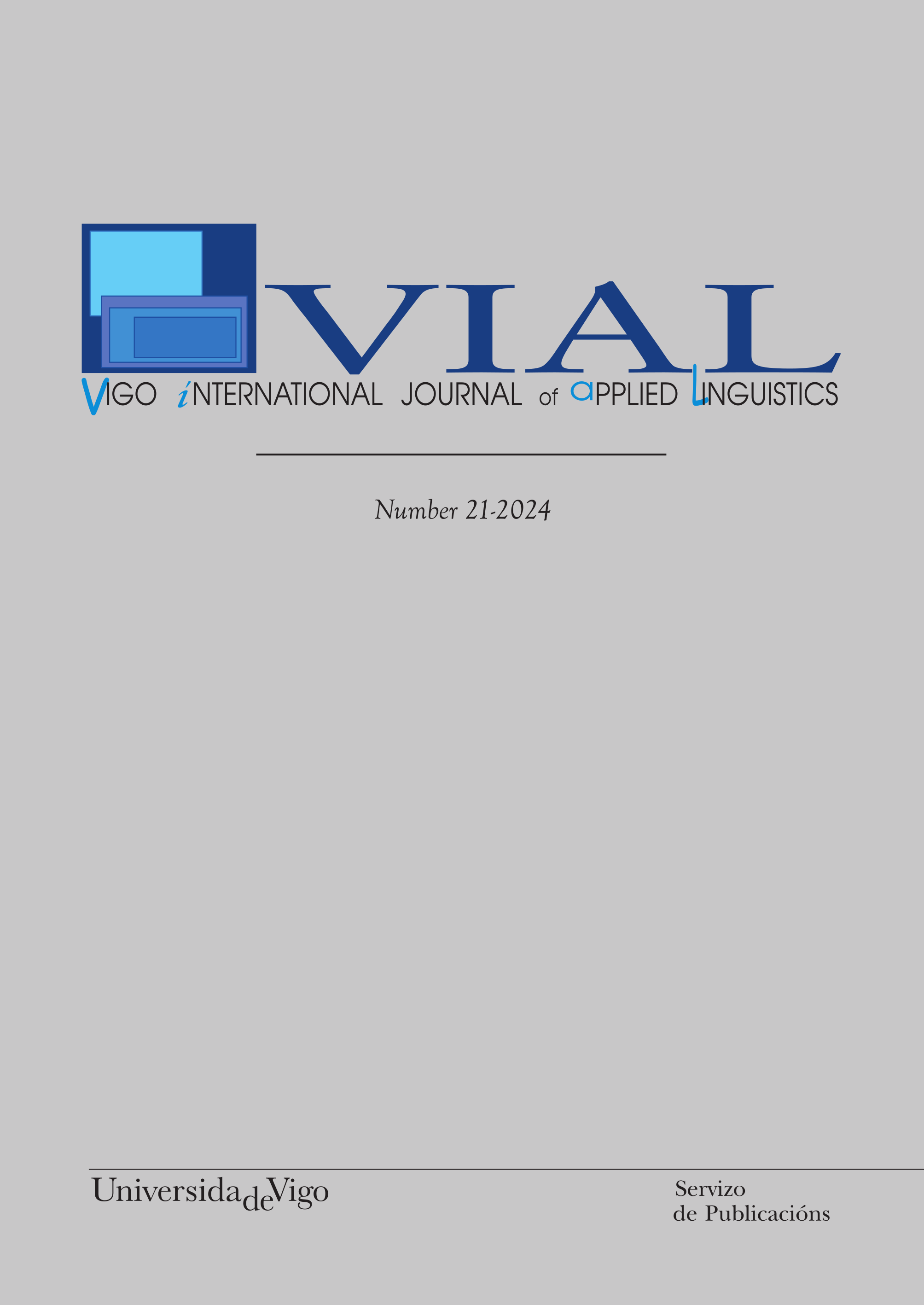Modeling the Contribution of Anxiety, Enjoyment, and Classroom Environment to Boredom among Students of English as a Foreign Language Students
DOI:
https://doi.org/10.35869/vial.v0i21.4491Palabras clave:
Foreign Language Learning Boredom, Classroom environment, English as a Foreign Language, Foreign Language Classroom Anxiety, Foreign Language Enjoyment, structural equation modelingResumo
Over the past few years, there has been a surge in scholarly attention about the role of emotions in second-language acquisition. There is a consensus among researchers that emotions play a crucial part in learning a new language. The emotional experiences of language learners, such as anxiety, enjoyment, and motivation, have been studied, and strategies to promote positive emotions and decrease negative emotions have been identified. Motivated by a recent academic interest in boredom, this study investigated the effects of foreign language enjoyment (FLE), foreign language classroom anxiety (FLCA), and classroom environment (CE) on learners' foreign language learning boredom (FLLB). A sample of 481 college students enrolled in English classes took part in the study. There were significant correlations of FLCA, FLE, and FLLB with CE. Structural equation modeling (SEM) analysis revealed that students' FLCA, FLE, and CE were significant predictors of their FLLB, with FLCA being the strongest predictor, followed by FLE and CE. The independent predictive effects of FLCA, FLE, and CE outweighed the interactive effects between CE and FLCA, CE and FLE, and FLCA and FLE. Pedagogical implications are discussed based on the results.
Descargas
Descargas
Publicada
Número
Sección
Licenza
Libros UVigo é o portal de publicación en acceso aberto das revistas da Universidade de Vigo. A posta a disposición e comunicación pública das obras no portal efectúase baixo licenzas Creative Commons (CC).
Para cuestións de responsabilidades, propiedade intelectual e protección de datos consulte o aviso legal da Universidade de Vigo.



